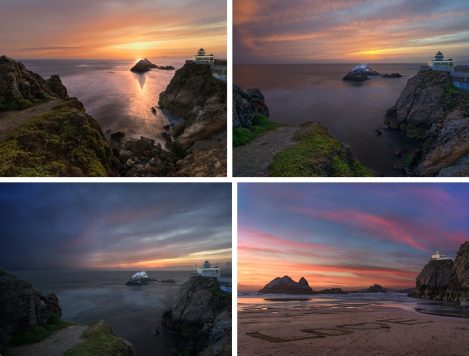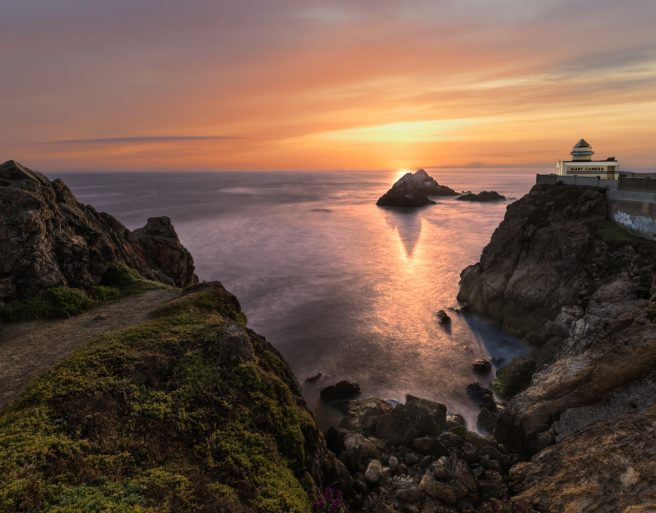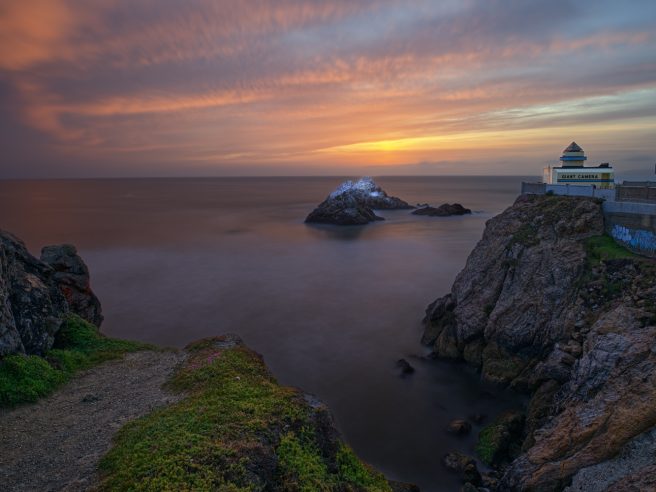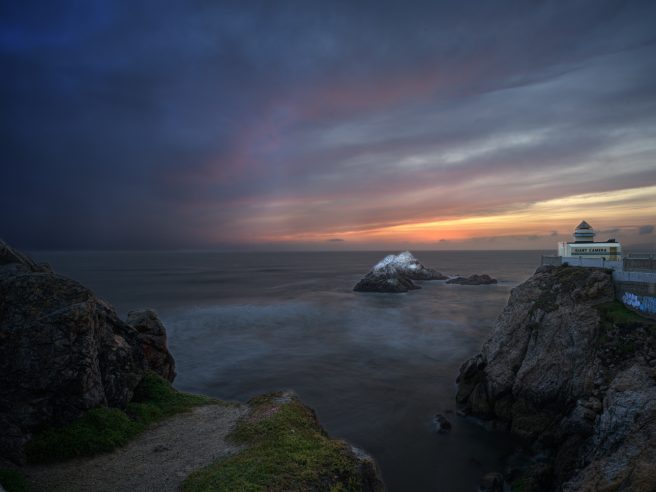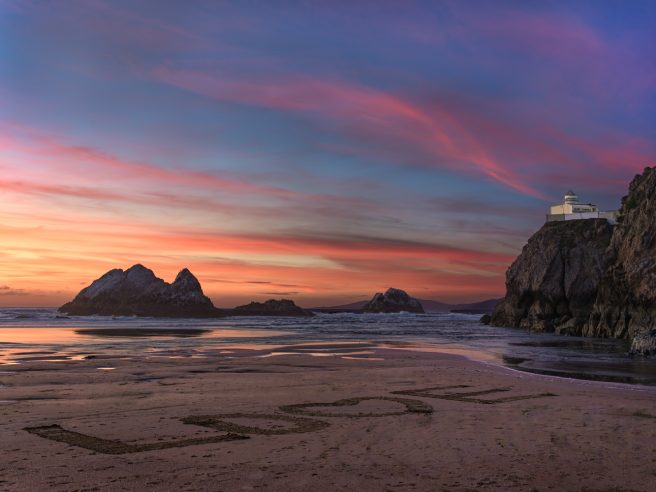Tom Zimberoff

Tom Zimberoff
Tom Zimberoff is a classically-trained clarinetist who studied music at the University of Southern California before pivoting to photojournalism. Traveling the world, he’s shot many magazine covers and covered hundreds of historical and breaking news stories. His career literally took off when he stowed away aboard a helicopter carrying the military dictator of Panamá. With no time to think about the possibility of being invited to exit the aircraft before it landed, he was hoping for exclusive photos of the camera-shy ruler. It turned out to be his entrée to more than two decades of shooting for TIME magazine. Later, he shot advertising campaigns for Fortune 500 companies, the U.S. Navy, and Hollywood movie studios.
The liminal interface of seawater, sand, and sky inspires a construct of consciousness, the space in which everything appears, the light by which everything is seen. It beckons my camera.
Throughout my career, I focused primarily on portraits. Once in a while, I’d point my lens at a landscape, seldom before at the sea.
I used to think of the beach as a background. Now, it’s a theme. With a fresh eye, the upshot of my long hiatus from photography, and given the proximity of my Outer Sunset neighborhood to Ocean Beach in San Francisco, I’ve discovered a rhythmic confluence of color and time that pulls me in like a riptide. As evanescent as it is powerful, this phenomenon can only be depicted with the unblinking eye of a camera adjusted to thwart its mechanical intent to stop time.
As paradoxical as it might seem, the most visually appealing characteristics of movement for me, notwithstanding dance, can only be seen when arrested and confined within the two-dimensional frame of a photograph. With that in mind, I can combine two techniques to achieve a singular illusion. One freezes time; the other melts it.
Photographers share their artistic vision by creating windows. A photograph is a window left open, an invitation for viewers to sustain a lucid dream. Its reality transcends language. For instance, a mirage exists by definition; the dictionary assures us it is real. But can you measure the depth of the water it pretends to be?
This particular series, from a larger set of Ocean Beach seascapes, depicts the Giant Camera, perched high atop Point Lobos at Land's End, San Francisco. Adjacent to my Outer Sunset neighborhood, this scene is walking distance from my house, where I have depicted many sunrises and sunsets—and in between.
The Giant Camera is a human scale, walk-in camera obscura perched on the cliffs behind the historic Cliff House. Built in 1946 by a local entrepreneur, it was inspired by a 15th-century design attributed to Leonardo da Vinci. Inside, it projects a live, 360-degree view of the Pacific Ocean, Seal Rocks, and Ocean Beach onto a parabolic viewing table. The rotating mirror system atop the structure completes a full revolution every six minutes, offering a dynamic and immersive perspective of the surroundings. It is like literally walking inside a camera—you are the film (or digital sensor). The Giant Camera was added to the National Register of Historic Places in 2001.


